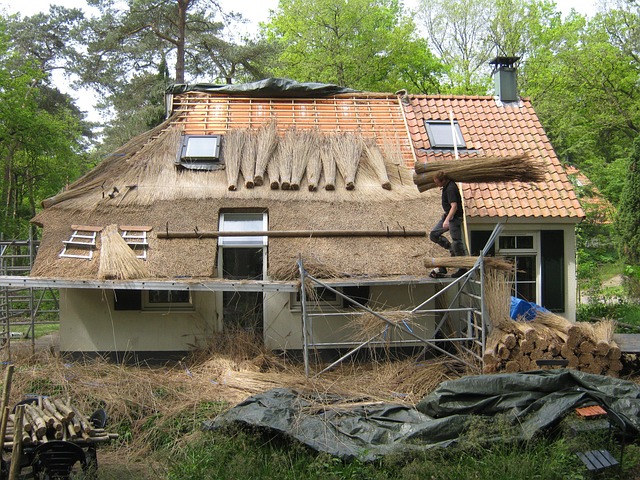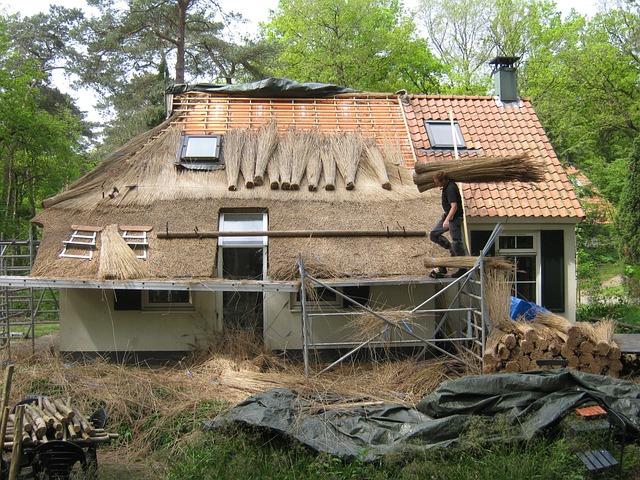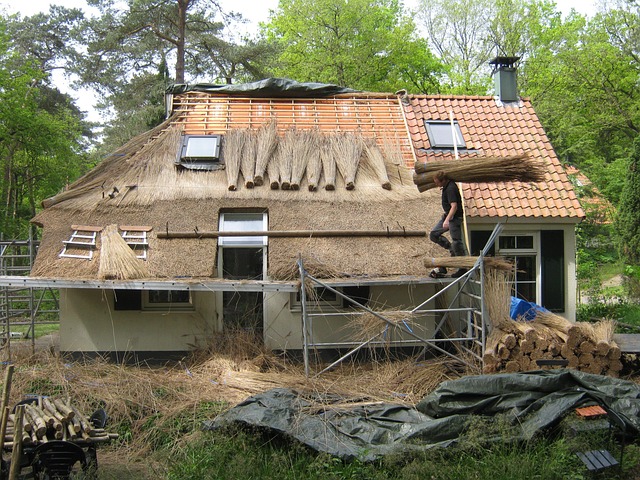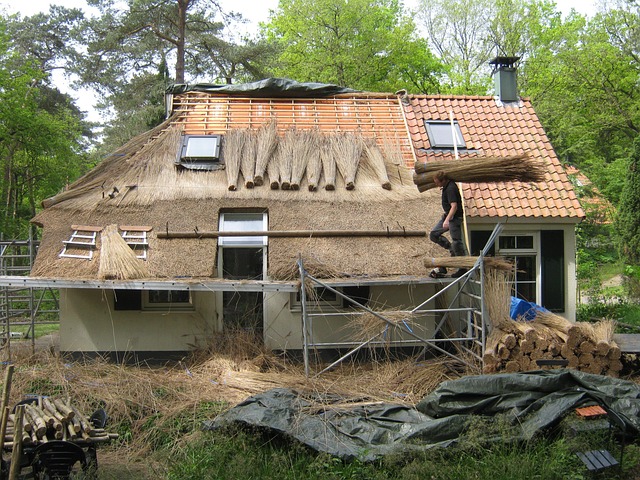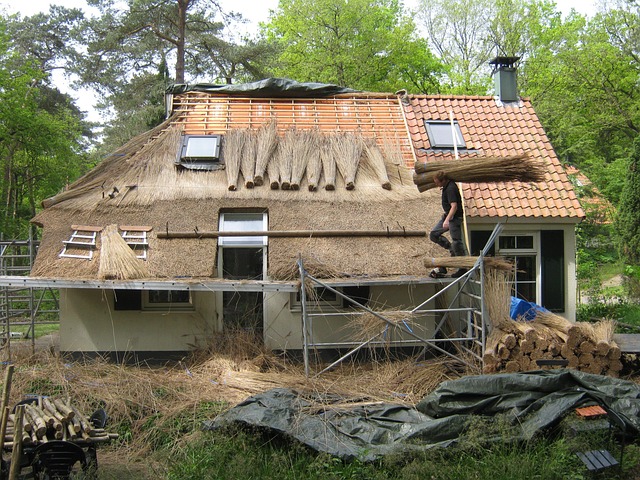Traditional real estate values prioritize community life and social connections, creating environments with tree-lined streets, playgrounds, communal gardens, historic building preservation, and public art, fostering face-to-face interactions and a sense of belonging. Close-knit communities offer enhanced quality of life, stability, continuity, and cultural identity, attracting families and stimulating local economies. In the digital age, strong community bonds thrive in traditional neighborhoods, with real estate professionals encouraging buyers to embrace community spirit and foster connections for future generations.
In today’s fast-paced world, traditional values and close-knit community life are often seen as relics of the past. However, these cornerstones remain integral to many successful real estate markets. This article explores how defined traditional values enhance property desirability and foster vibrant, close-knit communities. We delve into the impact on local economies, social cohesion, and quality of life, and discuss strategies for preserving these essential community traits in the face of modern development pressures.
Defining Traditional Values in Real Estate

In the context of real estate, traditional values refer to a set of principles and beliefs that have shaped communities for generations. These values are deeply rooted in the concept of close-knit community life, where neighbors know each other, look out for one another, and share common spaces and resources. In Real Estate, this translates into developments designed with a focus on fostering social connections—think cozy neighborhoods with tree-lined streets, playgrounds, and communal gardens where folks can gather and interact.
When considering properties or designing new projects, embracing traditional values means prioritizing features that encourage face-to-face interactions, promote a sense of belonging, and preserve the historical character of the area. This could include preserving historic buildings, maintaining open spaces, and incorporating public art or community centers that serve as gathering places. Ultimately, it’s about creating environments where people feel a deep sense of root and connection to their surroundings—a key aspect that contributes to the overall well-being and vibrancy of any community.
The Impact on Close-Knit Communities
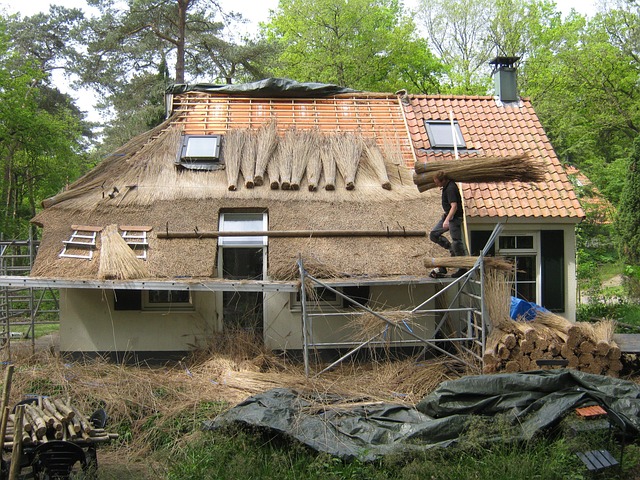
In close-knit communities, traditional values foster a sense of belonging and support that’s hard to replicate in other settings. Residents often share deep connections, with neighbors becoming like family. This tight-knit fabric enhances the overall quality of life, creating an environment where people look out for one another. In real estate terms, these communities are highly sought after due to their strong social bonds and vibrant, friendly atmosphere.
The positive impact extends beyond social interactions; it also fosters a sense of stability and continuity. Long-standing traditions and shared values create a unique cultural identity that draws families and individuals who wish to be part of something larger than themselves. This dynamic contributes to the economic vibrancy of these areas as well, with local businesses benefiting from increased foot traffic and strong community support.
Preserving Community Life Today

In today’s digital era, preserving community life remains a cornerstone for many traditional values-driven neighborhoods. Local real estate markets often reflect this, with homes located in close-knit areas that foster strong community bonds. These communities offer more than just neighbors; they provide a sense of belonging and support systems that can be hard to come by in larger, more anonymous cities.
Engaging in local events, joining community groups, and investing in neighborhood development initiatives are essential practices for maintaining this vital tapestry. Real estate professionals play a crucial role here, not just by selling properties but also by encouraging buyers to embrace the communal spirit that makes these areas unique. By fostering connections between residents, businesses, and local institutions, these communities can continue to thrive and provide a vibrant, supportive environment for generations to come.
